Por David Robson, 13 de maio de 2019; traduzido por Google Translator e revisado por Renzo Taddei em 3 de junho de 2020
Protestos não-violentos têm duas vezes mais chances de sucesso do que conflitos armados – e aqueles que atingem um limiar de 3,5% da população nunca falharam em provocar mudanças.
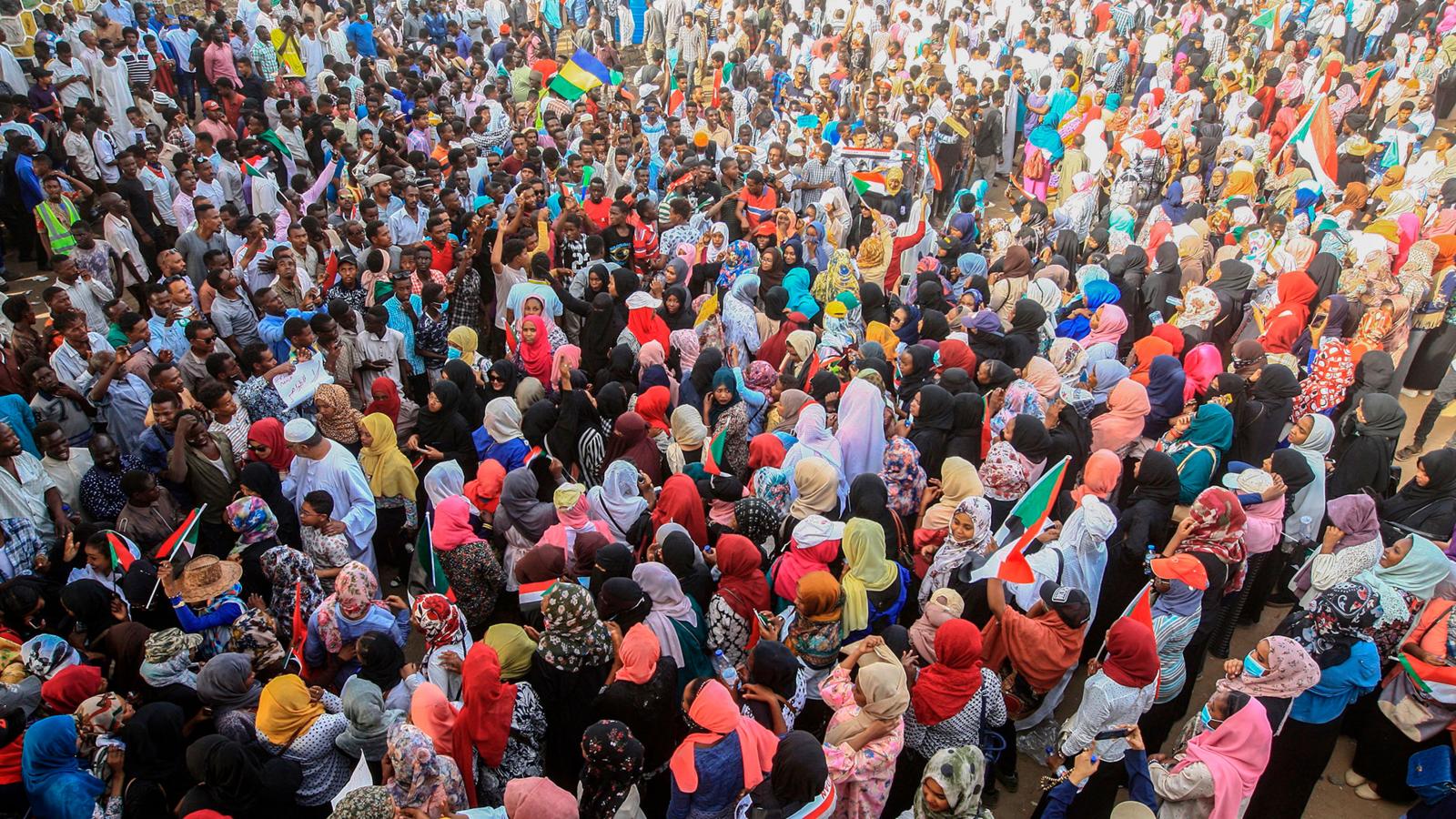
Em 1986, milhões de filipinos tomaram as ruas de Manila em protesto pacífico e oração no movimento People Power. O regime de Marcos caiu no quarto dia.
Em 2003, o povo da Geórgia expulsou Eduard Shevardnadze através da Revolução das Rosas, sem derramamento de sangue, na qual manifestantes invadiram o prédio do parlamento segurando flores.
No início deste ano, os presidentes do Sudão e da Argélia anunciaram que se afastariam depois de décadas no cargo, graças a campanhas pacíficas de protesto.
Em cada caso, a resistência civil de membros comuns do público superou a elite política na obtenção de mudanças radicais.
Obviamente, existem muitas razões éticas para usar estratégias não violentas. Mas uma pesquisa convincente de Erica Chenoweth, cientista política da Universidade de Harvard, confirma que a desobediência civil não é apenas a escolha moral; é também a maneira mais poderosa de moldar a política mundial – por larga vantagem.
Olhando para centenas de campanhas no século passado, Chenoweth descobriu que as campanhas não-violentas têm duas vezes mais chances de atingir seus objetivos do que as campanhas violentas. E embora a dinâmica exata dependa de muitos fatores, ela demonstrou que são necessários cerca de 3,5% da população participando ativamente dos protestos para a garantia de mudanças políticas efetivas.
A influência de Chenoweth pode ser vista nos protestos recentes do movimento Extinction Rebellion, cujos fundadores dizem terem sido diretamente inspirados por suas descobertas. Como ela chegou a essas conclusões?
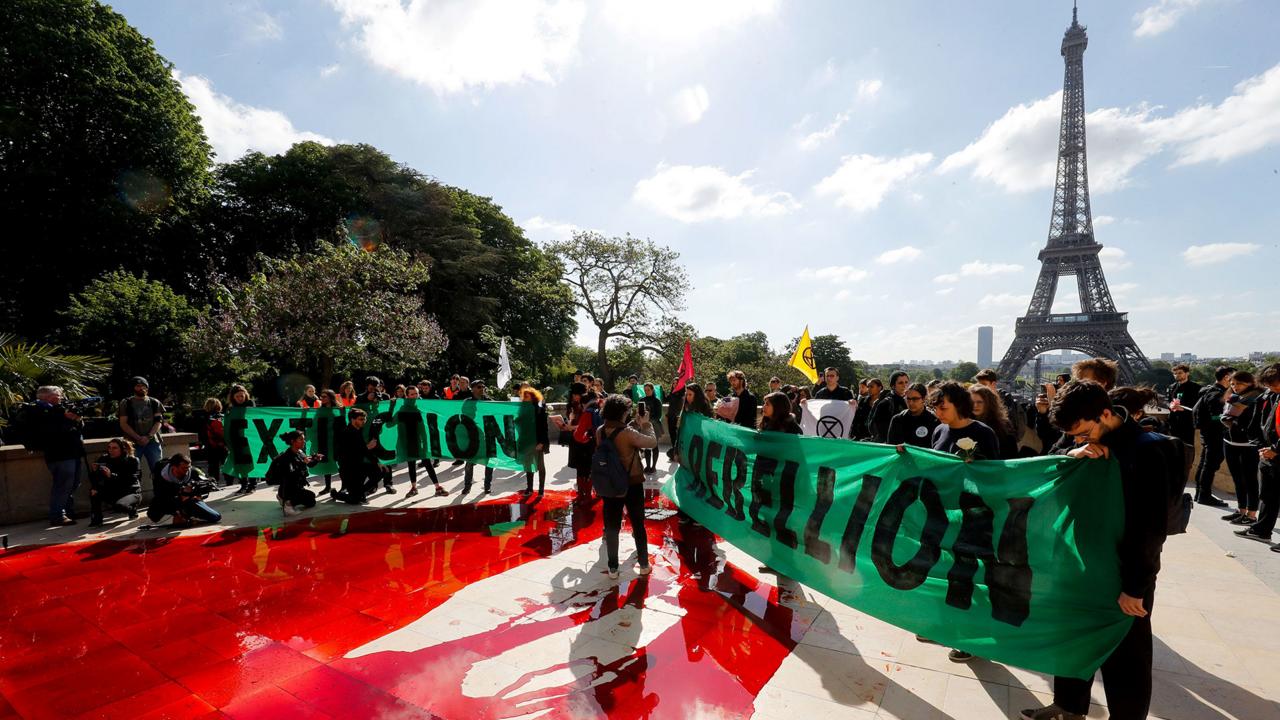
É desnecessário dizer que a pesquisa de Chenoweth se baseia nas filosofias de muitas figuras influentes ao longo da história. O abolicionista afro-americano Sojourner Truth, a sufragista Susan B Anthony, o ativista da independência indiana Mahatma Gandhi e o defensor dos direitos civis dos EUA Martin Luther King, todos defenderam, de forma convincente, o poder dos protestos pacíficos.
No entanto, Chenoweth admite que, quando começou sua pesquisa em meados dos anos 2000, ela era inicialmente bastante cética a respeito da ideia de que ações não violentas poderiam ser mais poderosas que conflitos armados, na maioria das situações. Como estudante de doutorado na Universidade do Colorado, ela passou anos estudando os fatores que contribuem para o aumento do terrorismo quando foi convidada a participar de um workshop acadêmico organizado pelo Centro Internacional de Conflitos Não-Violentos (ICNC), uma organização sem fins lucrativos sediada em Washington, D.C. O workshop apresentou muitos exemplos convincentes de protestos pacíficos que provocam mudanças políticas duradouras – incluindo, por exemplo, os protestos do Poder Popular, nas Filipinas.
Chenoweth, porém, ficou surpresa ao descobrir que ninguém havia comparado de maneira abrangente as taxas de sucesso de protestos não-violentos com o dos violentos; talvez os estudos de caso tenham sido simplesmente escolhidos por algum tipo de viés de confirmação. “O ceticismo frente à ideia de que a resistência não-violenta poderia ser um método eficaz para alcançar grandes transformações na sociedade serviu de motivação para a pesquisa”, diz ela.
Trabalhando com Maria Stephan, pesquisadora do ICNC, Chenoweth realizou uma extensa revisão da literatura sobre resistência civil e movimentos sociais de 1900 a 2006 – uma base de dados que foi corroborada por outros especialistas da área. Elas consideraram principalmente tentativas de provocar mudanças de regime. Um movimento era considerado como tendo obtido sucesso se atingisse plenamente suas metas, no prazo de um ano após o pico de engajamento e como resultado direto de suas atividades. Uma mudança de regime resultante de intervenção militar estrangeira não seria considerada um sucesso, por exemplo. Enquanto isso, uma campanha era considerada violenta se envolvesse bombardeios, sequestros, destruição de infraestrutura – ou qualquer outro dano físico a pessoas ou propriedades.
“Estávamos tentando aplicar um teste bastante difícil à resistência não-violenta como estratégia”, diz Chenoweth. (Os critérios eram tão rigorosos que o movimento de independência da Índia não foi considerado evidência a favor de protestos não-violentos, nas análises de Chenoweth e Stephan – uma vez que os recursos militares em decadência da Grã-Bretanha foram considerados um fator decisivo, mesmo que os próprios protestos também tenham tido enorme influência).
Ao final desse processo, eles coletaram dados de 323 campanhas violentas e não violentas. E seus resultados – que foram publicados em seu livro Por que a resistência civil funciona: a lógica estratégica do conflito não-violento – foram impressionantes.
A força está nos números
No geral, as campanhas não violentas tiveram duas vezes mais chances de sucesso do que as campanhas violentas: elas provocaram mudanças políticas em 53% das vezes, em comparação com 26% nos protestos violentos.
Isso foi em parte resultado do fator demográfico. Chenoweth argumenta que as campanhas não-violentas têm maior probabilidade de sucesso porque podem recrutar mais participantes, de uma população muito mais ampla, aumentando a possibilidade de que os protestos causem a paralisia da vida urbana normal e no funcionamento da sociedade.
De fato, das 25 maiores campanhas que elas analisaram, 20 foram não-violentas, e destas 14 obtiveram sucesso estrondoso. No geral, as campanhas não violentas atraíram cerca de quatro vezes mais participantes (200 mil pessoas em média) do que as campanha violentas (média de 50 mil pessoas).
A campanha do Poder Popular contra o regime de Marcos, nas Filipinas, por exemplo, atraiu dois milhões de participantes no seu auge, enquanto os protestos brasileiros em 1984 e 1985 atraíram um milhão, e a Revolução de Veludo, na Tchecoslováquia, em 1989, atraiu 500 mil participantes.

“Os números realmente fazem a diferença para a construção da força dos movimentos que efetivamente representam ameaça para autoridades ou ocupações entrincheiradas”, diz Chenoweth – e protestos não-violentos parecem ser a melhor maneira de obter esse amplo apoio.
Uma vez que cerca de 3,5% de toda a população começa a participar ativamente, o sucesso parece ser inevitável.
Além do movimento Poder Popular, a Revolução do Canto na Estônia e a Revolução das Rosas na Geórgia atingiram a participação de 3,5% da população
“Não houve campanhas que fracassaram depois de atingirem 3,5% de participação durante um evento de pico”, diz Chenoweth – um fenômeno que ela chamou de “regra dos 3,5%”. Além do movimento Poder Popular, o mesmo foi observado na Revolução do Canto na Estônia, no final dos anos 80, e na Revolução das Rosas, na Geórgia, no início de 2003.
Chenoweth admite que inicialmente ficou surpresa com seus resultados. Mas ela agora cita diversas razões pelas quais protestos não-violentos podem obter níveis tão altos de apoio. Talvez, obviamente, os protestos violentos excluam necessariamente as pessoas que têm aversão ou medo ao derramamento de sangue, enquanto manifestantes pacíficos mantêm o movimento com alto nível moral.
Chenoweth ressalta que os protestos não-violentos também têm menos barreiras físicas à participação. Você não precisa estar em forma e saudável para se envolver em uma greve, enquanto campanhas violentas tendem depender do apoio de homens jovens e em boa forma física. E embora muitas formas de protestos não-violentos também apresentem sérios riscos – basta lembrar da Praça da Paz Celestial, na China, em 1989 – Chenoweth argumenta que as campanhas não-violentas são geralmente mais fáceis de discutir abertamente, o que significa que as notícias de sua ocorrência podem atingir um público mais amplo. Movimentos violentos, por outro lado, exigem um suprimento de armas e tendem a depender de operações subterrâneas mais secretas, e podem ter dificuldades em conectar-se à população em geral.
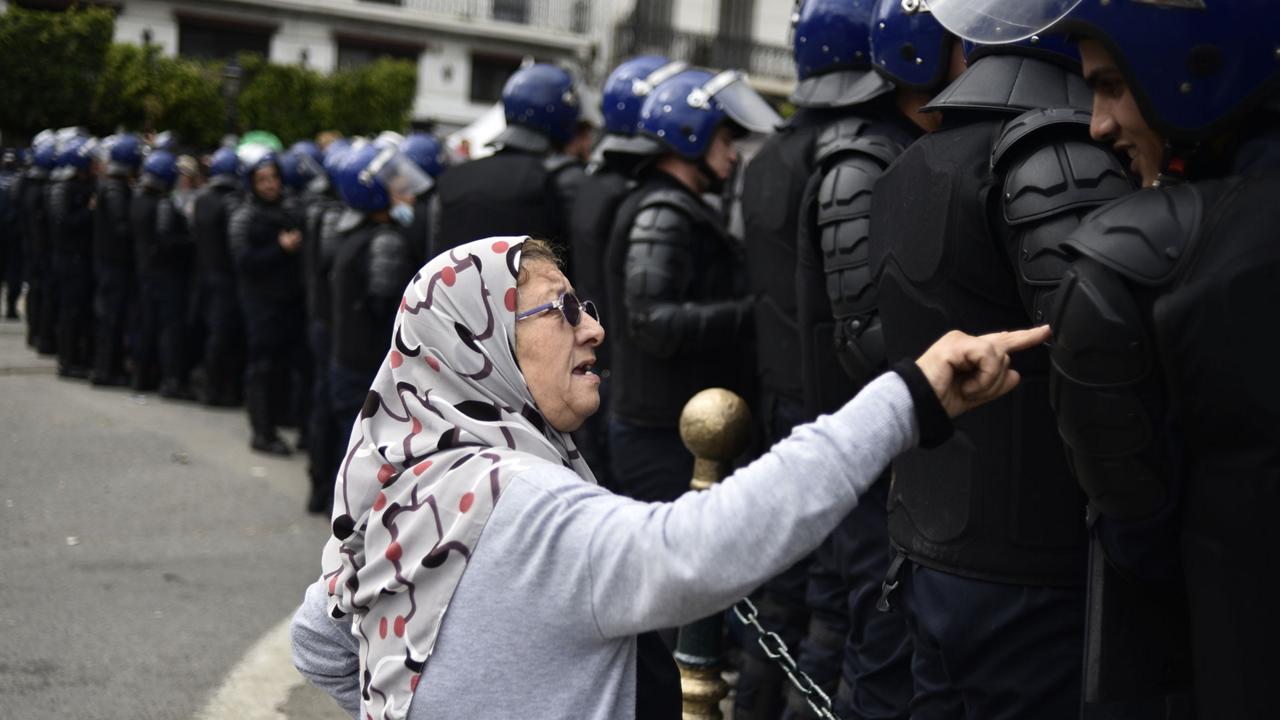
Ao envolver amplo apoio em toda a população, as campanhas não-violentas também têm maior probabilidade de obter apoio entre a polícia e as forças armadas – os mesmos grupos em que os governo se apoiam para promover a ordem.
Durante um protesto pacífico de milhões de pessoas nas ruas, os membros das forças de segurança também podem ter mais medo de que seus familiares ou amigos estejam na multidão – o que os induz a não reprimir o movimento. “Ou quando estão olhando para o grande número de pessoas envolvidas, podem chegar à conclusão de que o navio está afundando e não querem afundar com ele”, diz Chenoweth.
Em termos das estratégias específicas usadas, as greves gerais “provavelmente são um dos métodos mais poderosos, se não o mais poderoso, de resistência não-violenta”, diz Chenoweth. Mas eles têm um custo pessoal, enquanto outras formas de protesto podem ser completamente anônimas. Ela aponta os boicotes dos consumidores na África do Sul na era do apartheid, nos quais muitos cidadãos negros se recusavam a comprar produtos de empresas de proprietários brancos. O resultado foi uma crise econômica que afetou a elite branca do país e que contribuiu para o fim da segregação, no início dos anos 90.
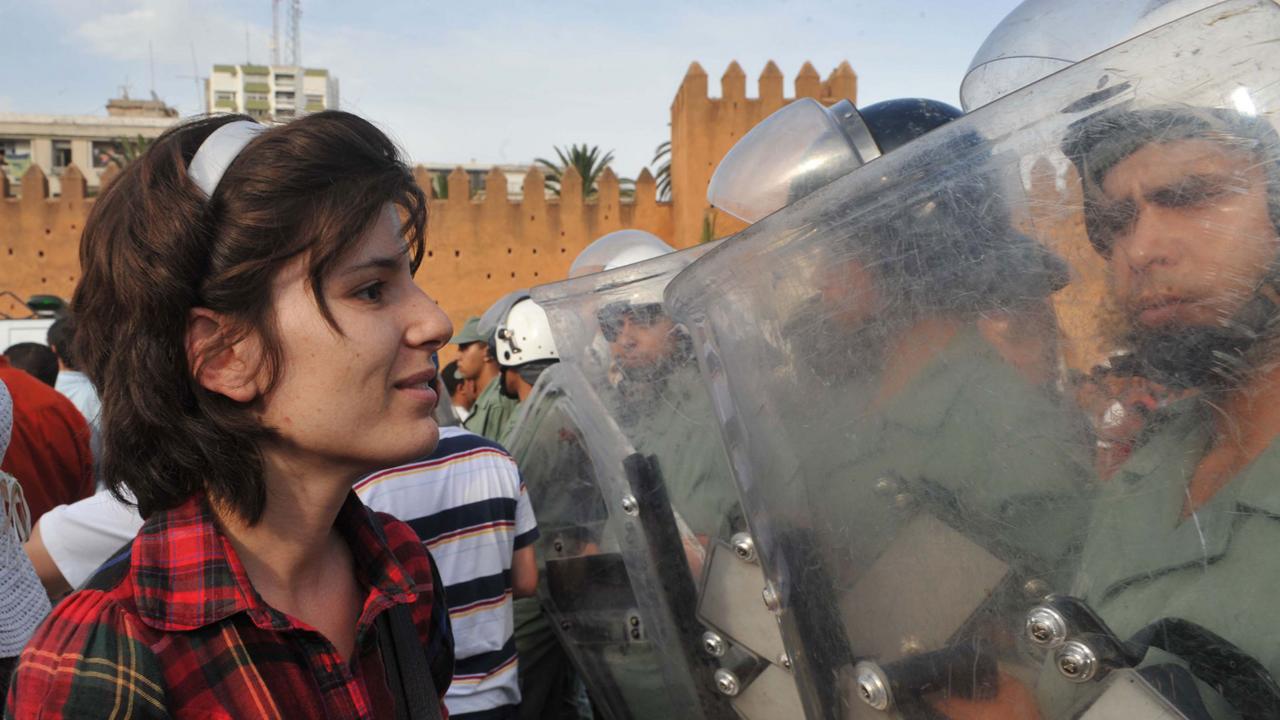
“Existem mais opções de resistência não-violenta que não colocam as pessoas em perigo físico, principalmente à medida que o número aumenta, em comparação à atividade armada”, diz Chenoweth. “E as técnicas de resistência não-violenta costumam ser mais visíveis, de modo que é mais fácil para as pessoas descobrir como participar diretamente e como coordenar suas atividades para a interrupção máxima”.
Número mágico?
Esses são padrões muito genéricos, naturalmente, e apesar de serem duas vezes mais bem-sucedidos do que os conflitos violentos, a resistência pacífica ainda falha 47% das vezes. Como Chenoweth e Stephan apontaram em seu livro, isso ocorre em alguns casos porque os movimentos nunca obtiveram apoio ou impulso suficientes para “erodir a base de poder do adversário e manter a resiliência diante da repressão”. Mas alguns protestos não-violentos relativamente grandes também falharam, como os protestos contra o partido comunista na Alemanha Oriental, na década de 1950, que atraíram 400 mil membros (cerca de 2% da população) no seu auge, e ainda assim não atingiram seus objetivos.
A base de dados de Chenoweth demonstra que é apenas quando os protestos não-violentos atingem o limiar de 3,5% de engajamento ativo que o sucesso está garantido – e chegar a esse nível de apoio não é uma tarefa fácil. No Reino Unido, isso representaria 2,3 milhões de pessoas ativamente envolvidas em um movimento (aproximadamente o dobro do tamanho de Birmingham, a segunda maior cidade do Reino Unido); nos EUA, envolveria 11 milhões de cidadãos – mais do que a população total da cidade de Nova York.
Contudo, permanece o fato de que campanhas não violentas são a única maneira confiável de manter esse tipo de envolvimento.
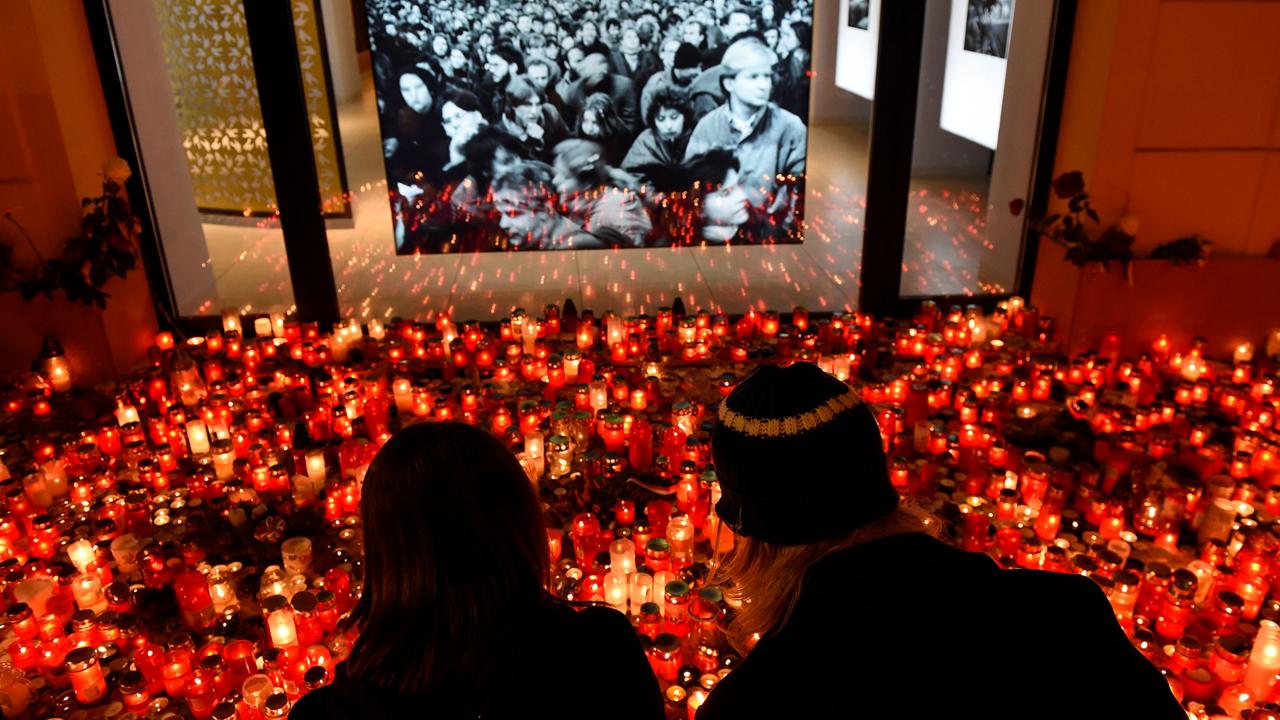
O estudo inicial de Chenoweth e Stephan foi publicado pela primeira vez em 2011 e suas descobertas atraíram muita atenção desde então. “A influência delas sobre esse campo de pesquisa têm sido imensa”, diz Matthew Chandler, que pesquisa resistência civil na Universidade de Notre Dame, em Indiana.
Isabel Bramsen, estudiosa de conflitos internacionais na Universidade de Copenhague, concorda que os resultados de Chenoweth e Stephan são convincentes. “[Agora] é uma verdade estabelecida dentro do campo de analise que as abordagens não-violentas têm muito mais chances de sucesso do que as violentas”, diz ela.
Com relação à “regra dos 3,5%”, ela ressalta que, enquanto 3,5% é uma pequena minoria, esse nível de participação ativa provavelmente significa que muito mais pessoas concordam tacitamente com a causa.
Estes pesquisadores estão agora tentando desvendar os fatores que podem levar ao sucesso ou fracasso de um movimento. Bramsen e Chandler, por exemplo, enfatizam a importância da unidade entre os manifestantes.
Como exemplo, Bramsen aponta para o levante fracassado no Bahrein, em 2011. A campanha inicialmente envolveu muitos manifestantes, mas rapidamente se dividiu em facções concorrentes. A perda de coesão resultante, pensa Bramsen, impediu o movimento de ganhar impulso suficiente para provocar mudanças.
O interesse de Chenoweth recentemente se concentrou em protestos mais próximos de casa – como o movimento Black Lives Matter e a Marcha das Mulheres em 2017. Ela também está interessada na Extinction Rebellion, recentemente popularizada pelo envolvimento da ativista sueca Greta Thunberg. “Eles confrontam-se com muita inércia”, diz ela. “Mas acho que eles têm um grupo central incrivelmente inteligente e estratégico. E eles parecem ter todos os instintos certos sobre como se desenvolver e ensinar por meio de campanhas de resistência não violentas”.
Por fim, ela gostaria que nossos livros de história prestassem mais atenção às campanhas não violentas, em vez de se concentrarem tanto nas guerras. “Muitas das histórias que contamos uns aos outros se concentram na violência – e mesmo que se trate de desastres horríveis, ainda encontramos uma maneira de encontrar vitórias nela”, diz ela. No entanto, tendemos a ignorar o sucesso dos protestos pacíficos.
“Há pessoas comuns que o tempo todo estão envolvidas em atividades heroicas que estão realmente mudando o mundo – e elas também merecem atenção e comemoração”.
David Robson é jornalista sênior da BBC Future.


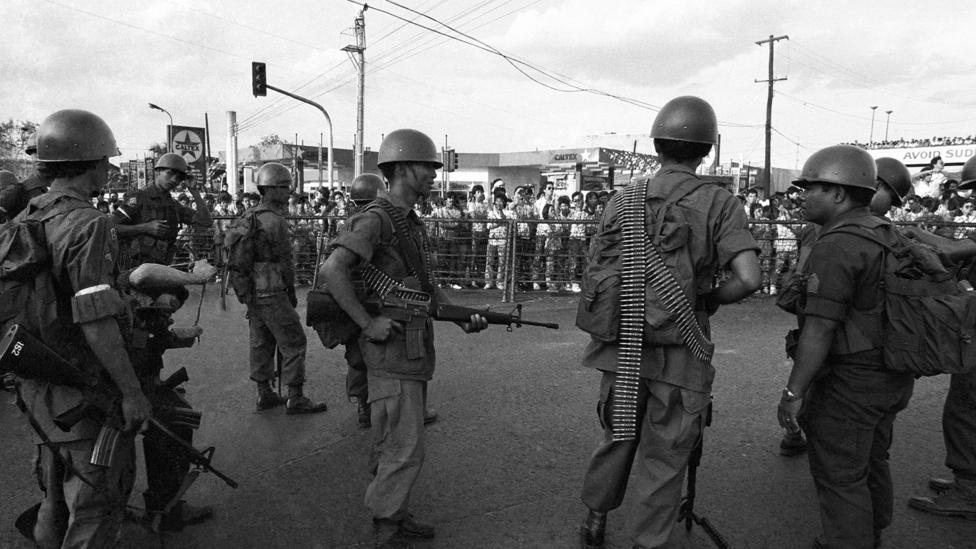







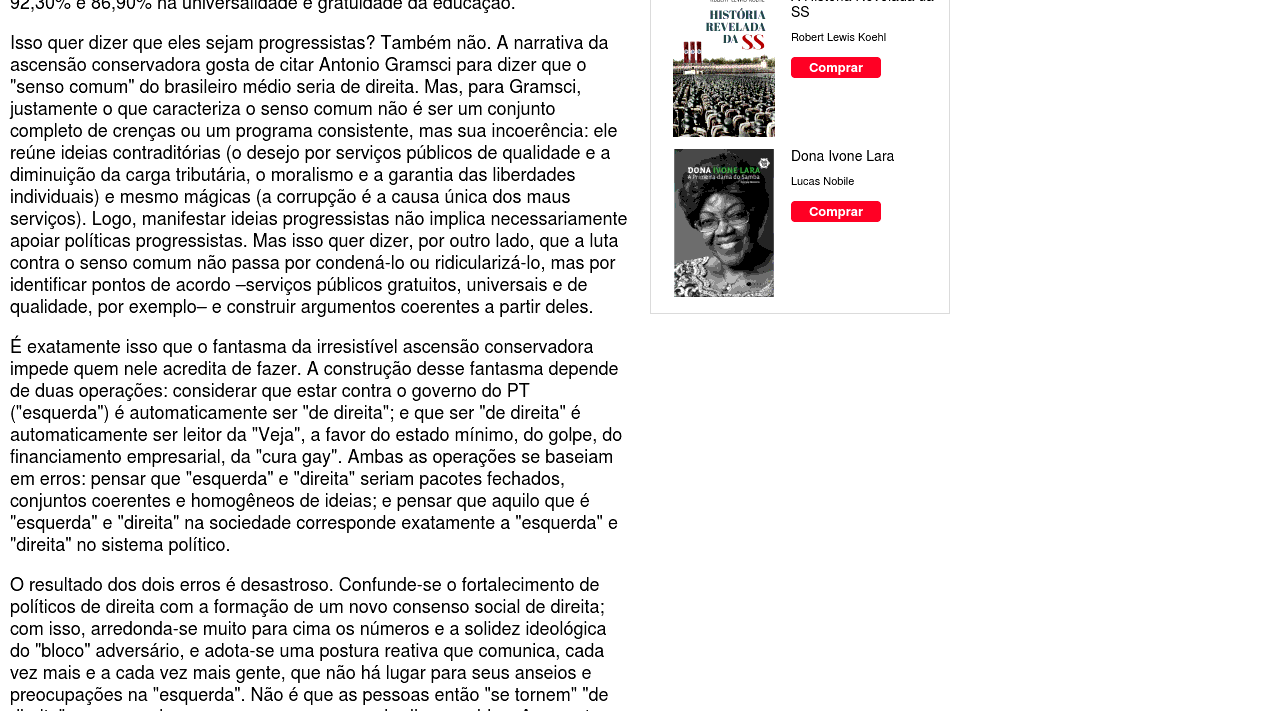







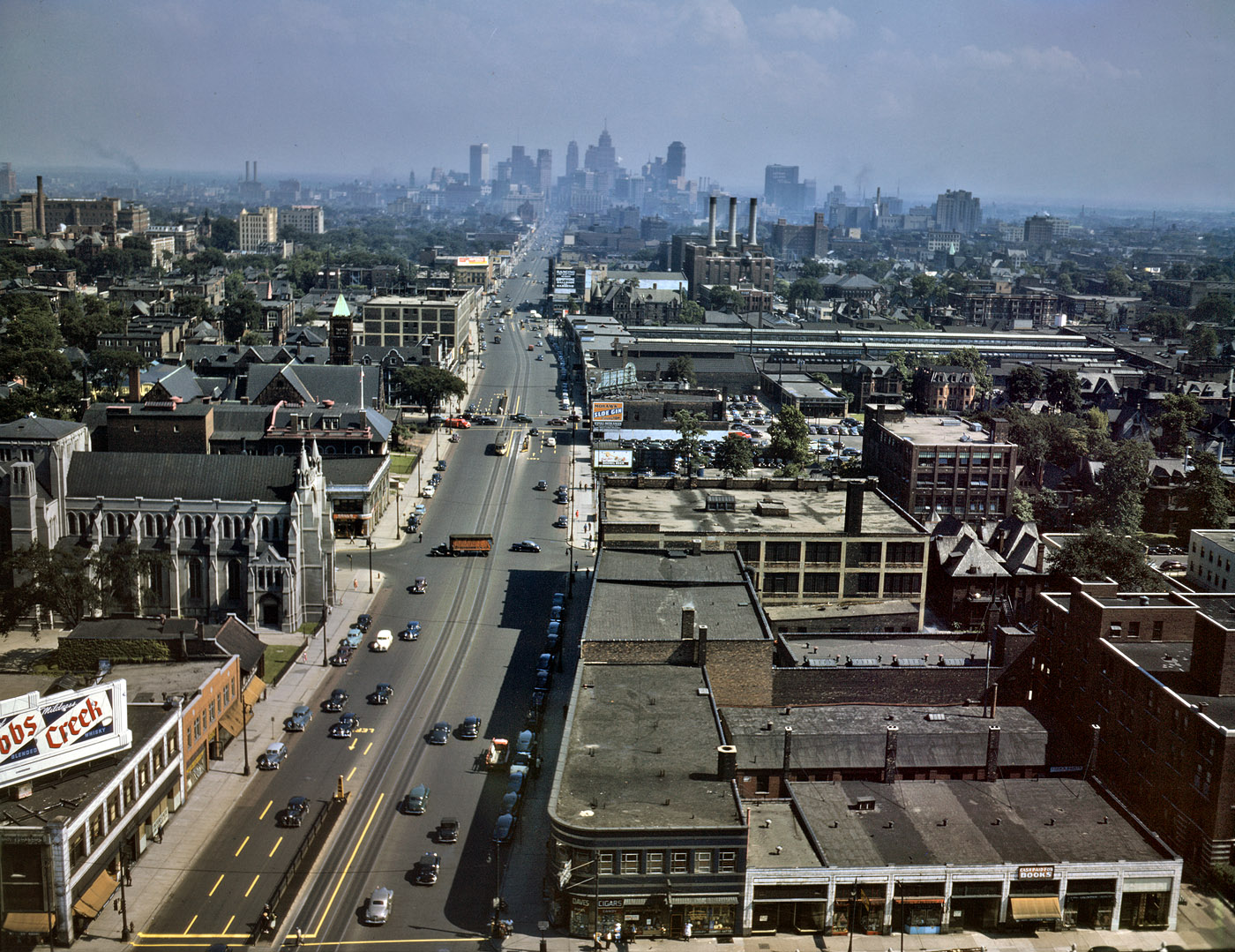















 Ele foi um dos presos políticos da atual democracia brasileira. Participando de uma manifestação organizada pelos professores municipais e estaduais do Rio de Janeiro, que estavam em greve, Paulo Roberto de Abreu Bruno, pesquisador da Escola Nacional de Saúde Pública Sergio Arouca (ENSP), da Fundação Oswaldo Cruz, foi detido junto com dezenas de outras pessoas no dia 15 de outubro. Acusado sem provas e sem direito à informação ou à presença de advogados, foi encaminhado para a delegacia e, na sequência, para dois presídios, incluindo Bangu 9. Segundo ele, circulou pelos “porões da democracia brasileira”. Desde o início de junho, Paulo Bruno vinha filmando as manifestações que tomaram as ruas do Rio de Janeiro como parte do seu trabalho de pesquisa. Levou algum tempo para que conseguisse falar sobre o assunto, mas nesta entrevista ele narra as humilhações e violências sofridas pelos presos políticos, descreve a rotina de violação de direitos do sistema carcerário brasileiro, destaca a solidariedade dos presos comuns e chama a atenção para a fragilidade das lutas políticas diante do terror que o Estado, representado no caso pelo governo estadual, pode provocar. Como, na prisão, não tiveram acesso sequer a papel e caneta, os registros que se seguem ficaram registrados, até então, apenas na memória do entrevistado.
Ele foi um dos presos políticos da atual democracia brasileira. Participando de uma manifestação organizada pelos professores municipais e estaduais do Rio de Janeiro, que estavam em greve, Paulo Roberto de Abreu Bruno, pesquisador da Escola Nacional de Saúde Pública Sergio Arouca (ENSP), da Fundação Oswaldo Cruz, foi detido junto com dezenas de outras pessoas no dia 15 de outubro. Acusado sem provas e sem direito à informação ou à presença de advogados, foi encaminhado para a delegacia e, na sequência, para dois presídios, incluindo Bangu 9. Segundo ele, circulou pelos “porões da democracia brasileira”. Desde o início de junho, Paulo Bruno vinha filmando as manifestações que tomaram as ruas do Rio de Janeiro como parte do seu trabalho de pesquisa. Levou algum tempo para que conseguisse falar sobre o assunto, mas nesta entrevista ele narra as humilhações e violências sofridas pelos presos políticos, descreve a rotina de violação de direitos do sistema carcerário brasileiro, destaca a solidariedade dos presos comuns e chama a atenção para a fragilidade das lutas políticas diante do terror que o Estado, representado no caso pelo governo estadual, pode provocar. Como, na prisão, não tiveram acesso sequer a papel e caneta, os registros que se seguem ficaram registrados, até então, apenas na memória do entrevistado.


Você precisa fazer login para comentar.